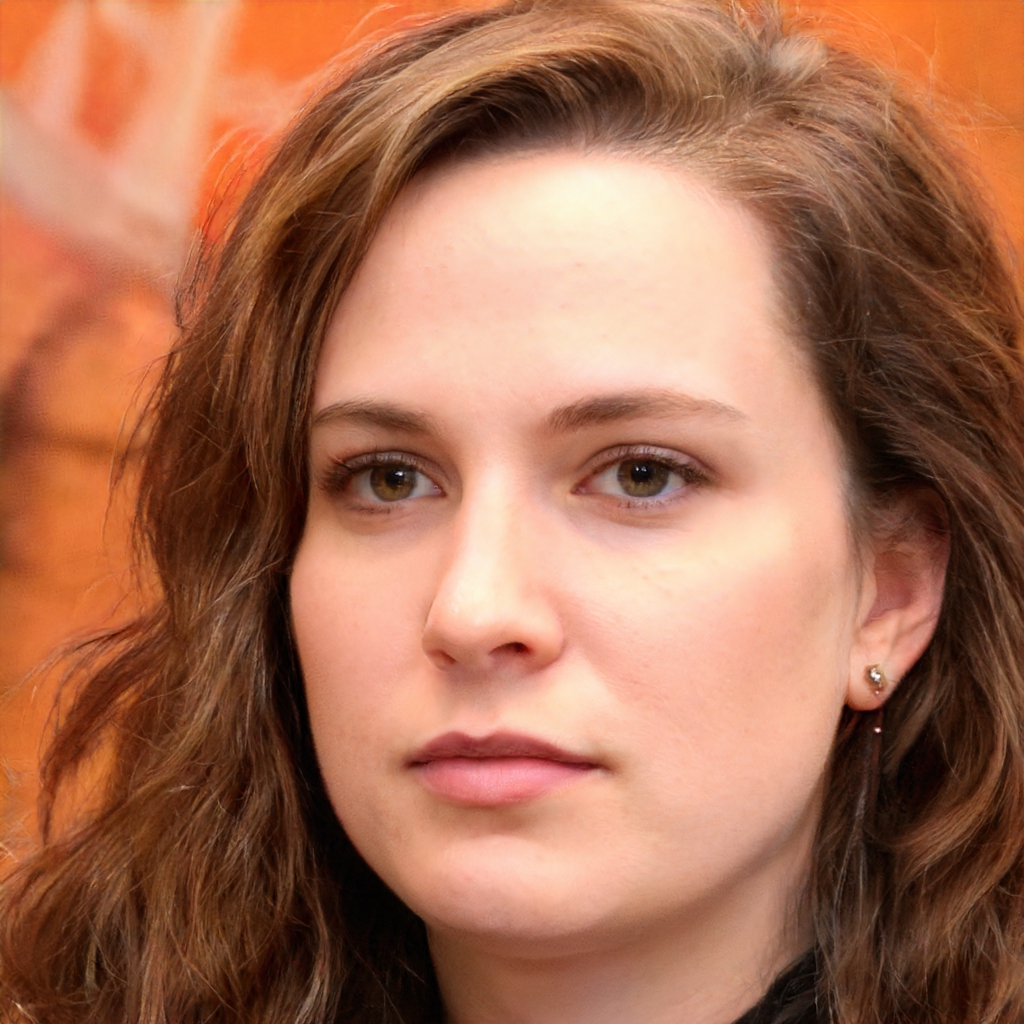Pharmacovigilance is the scientific discipline concerned with the detection, assessment, understanding and prevention of adverse effects of medicines. It includes all activities relating to the detection, assessment, understanding and prevention of adverse effects of medicines, including electronic systems for monitoring adverse effects.
What are the types of pharmacovigilance?
Pharmacovigilance is the study and assessment of the safety of medicines. It is a branch of medicine that deals with the detection, evaluation, prevention, and treatment of adverse effects of drugs.
There are two main types of pharmacovigilance:
1. Passive pharmacovigilance
This is the traditional type of pharmacovigilance, which relies on spontaneous reports of adverse effects from patients, health care professionals, and the general public.
2. Active pharmacovigilance
This is a newer type of pharmacovigilance that uses active surveillance to systematically collect data on adverse effects of drugs. Active pharmacovigilance can be done through clinical trials, observational studies, and other data sources.
What is the difference between pharmacovigilance and drug safety? Pharmacovigilance is the science and activities associated with the detection, assessment, understanding and prevention of adverse effects of medicines. Drug safety is a term that is often used interchangeably with pharmacovigilance. However, drug safety is a broader term that includes all aspects of the safety of medicines, including their efficacy and side effects.
Who controls pharmacovigilance?
Pharmacovigilance is the process of monitoring the safety of medications.
There are many different organizations and groups that are involved in pharmacovigilance, including:
-Pharmaceutical companies
-Regulatory agencies (such as the FDA in the United States)
-Healthcare providers
-Patients and patient advocacy groups
Each of these groups has a different role to play in pharmacovigilance.
Pharmaceutical companies are responsible for the safety of their medications. They are required to report any adverse effects that are reported to them to the regulatory agencies.
Regulatory agencies are responsible for approving medications and monitoring their safety. They may also conduct their own studies on medications.
Healthcare providers are responsible for prescribing medications and monitoring their patients for any adverse effects.
Patients and patient advocacy groups play a role in reporting any adverse effects that they experience.
Is pharmacovigilance a good career?
Pharmacovigilance is a good career if you are interested in healthcare and have strong analytical and research skills. The job involves tracking and investigating adverse reactions to medications, and working with pharmaceutical companies and regulatory agencies to improve drug safety. It is a challenging and rewarding field, and offers good job security and opportunities for advancement.
How do I become a pharmacovigilance?
There is no one-size-fits-all answer to this question, as the best way to become a pharmacovigilance may vary depending on your qualifications and experience. However, some tips on how to become a pharmacovigilance include studying for a degree in pharmacy, completing a postgraduate qualification in pharmacovigilance, and gaining experience in the field through internships or working in a pharmacy.
